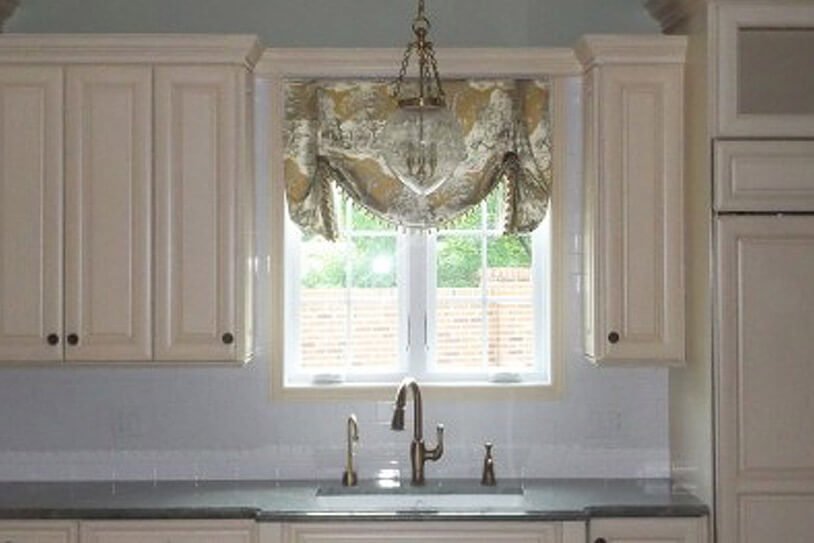NO OBLIGATION
Your Journey to a Beautiful Home Starts at Sunshine Drapery
Receive a complimentary professional in-home design consultation today!

Window treatments do more than just provide privacy, they also add beauty, charm and personality to your interior spaces. Blinds, shades, drapes and sheers all go beautifully with a valance, however, choosing the right type of valance can be a bit daunting. In some cases, soft valances may be appropriate, other times a hard valance is the way to go. While it is always a matter of personal taste, understanding the difference between the two will help you decide what type of valance is best for your application.
)
Receive a complimentary professional in-home design consultation today!